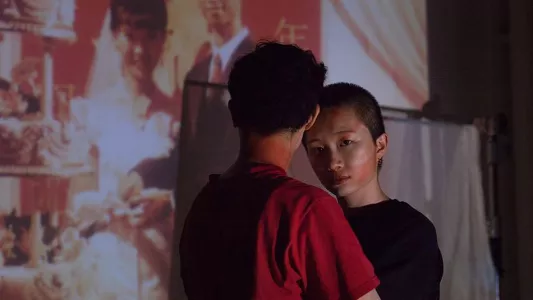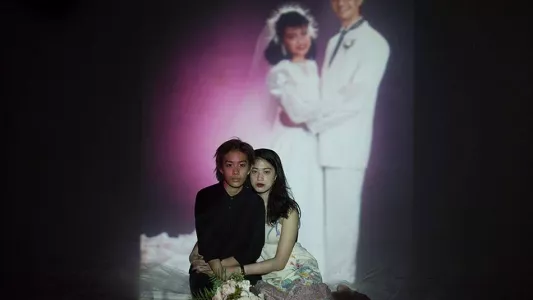The current situation in Singapore regarding the LGBTQ+ community is one of ambiguity, in both legislation and culture. Under Section 377A of the law, dating back to British colonist occupation, homosexuality is forbidden but only for men, women aren’t mentioned. At the same time the law isn’t applied very often and prosecution is rare, but could lead to jail time up to 2 years. In addition to this, positive representation of LGBTQ+ is prohibited in the media, which has underrepresentation as a result, and serious lack of understanding about the community. Lastly, religious influence plays a significant role in attitudes towards the community; and while Muslim and Christian groups say their teachings do not condemn people identifying as LGBTQ+, they remain the ones that express the strongest oppositions towards homosexuality. Hindus and Buddhists seem to have less objections. Despite all this, surveys done in the last decade and a half show that public opinion is slowly changing.
One of these surveys was done by a research team at the Nanyang Technological University (NTU) over a period of 5 years, between 2005 and 2010. They found that in 2010, 64.5% of participants held negative views towards gays and lesbians, a decline of 4.1% compared to 2005. The group expressing positive views grew with 2.4% coming to a total of 25.4%, while the group of neutrals grew with 6.2%. Even more significant maybe was another finding of the study, namely that people with interpersonal contacts with lesbians and gays or with access to movies and tv shows featuring LGBTQ+ characters were likely to express more positive views towards the community than others without access to this kind of information.

Pink Dot, Singapore’s version of the Pride Parade, is another example of changing culture. The event, established in 2009, celebrated its 10th anniversary this past June, with an ever growing number of attendees. In 2016 when the government banned foreign businesses from sponsoring the event, local businesses rallied to raise the funds necessary for the following edition to take place.
Besides persecution, the penal law also causes a lack of legal and administrative rights for non-heterosexual couples, influencing marriage, access to public housing and for example, hospital visitation rights. In an attempt to provide resources for the people affected by this, a guidebook was published through crowd funding in 2017. The target goal was reached in merely 24h, which only confirms its right of existence. The book looks into legal ambiguities having to do with marriage and cohabitation contracts, property, wills and inheritance, medical decisions and children, and is available online for free, www.singaporelgbtlaw.com.

Charmaine Poh (@psxcharmaine), a Chinese-Singaporean artist and writer based between Singapore and Berlin, reflects on this issue in her work How She Loves, in which she portrays female queer couples from Singapore in a studio setting, creating a world of make-believe that only exists in the photographs. She interviews the subjects extensively beforehand, creating a bond of mutual comprehension and trust before proceeding to the photography part.
She then brings them on set where the participants can choose their props (veils, bow ties, flowers) and create their own marriage story, whether or not it conforms to classical wedding tropes and gender roles. Through this, she questions the performativity of gender and investigates the participants’ sense of self and love within the gendered structures of their lives and relationships.
In the background Poh projects photos of the participants’ parents, to relate this question of queer performativity to family, to heritage, and most importantly to heteronormativity. She visualises through these photos how the women’s partnerships differ from their own parents’ relationships, subtly bringing in the context, but in a very personal way.
While shooting, she consciously has the viewer in mind in order to minimise the distance between the viewer and the subjects. She wants to make the viewer feel what she felt, what the participants felt in that particular moment of freedom in a make-believe world. It is equally important to her to show all the nuances of queerness, underneath all the stereotypes and prejudices. So this series serves as a way to start a dialogue, to inspire empathy and normalise queerness. Poh believes that image makers have the power to shift visual culture, and she takes it upon herself to do so.




